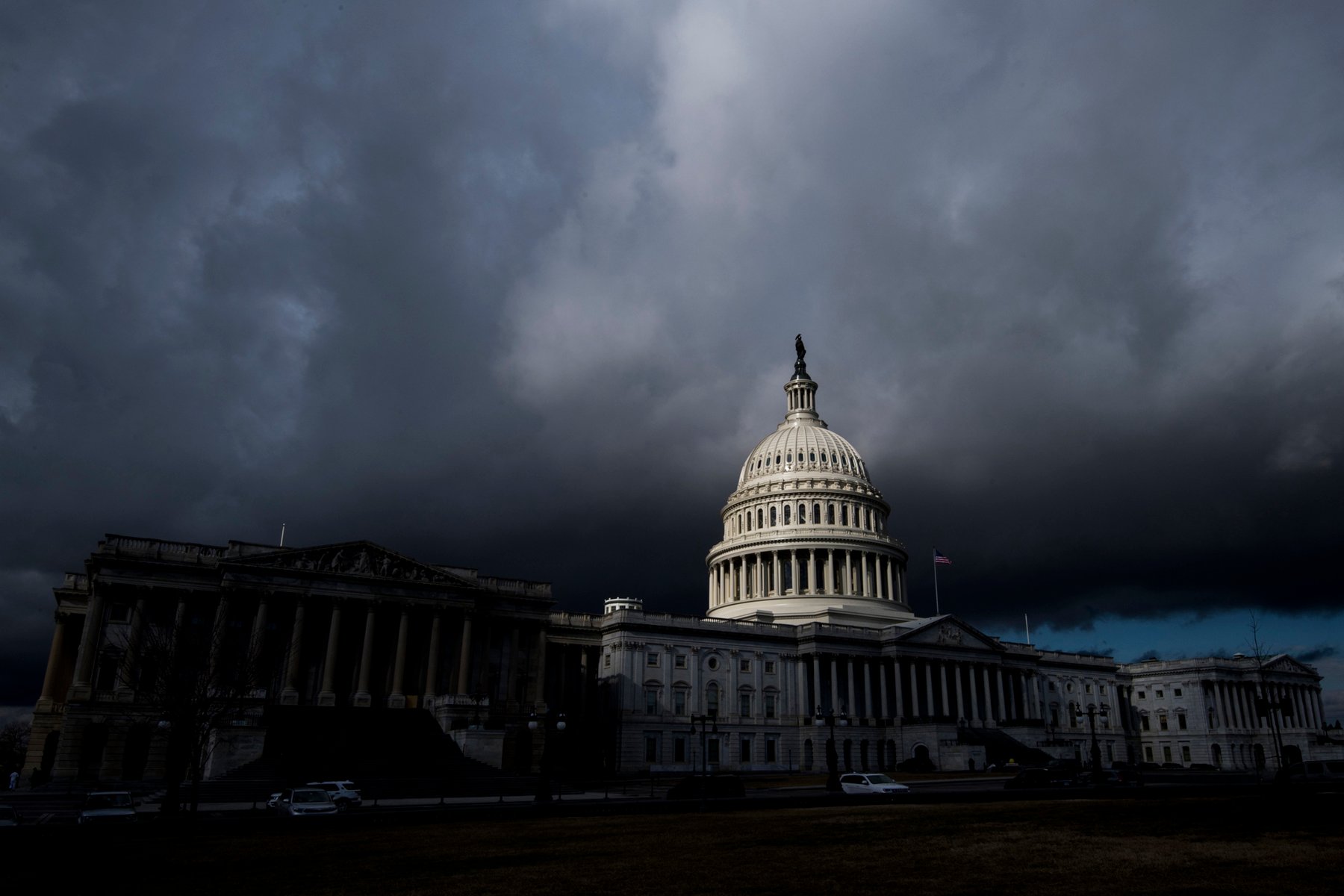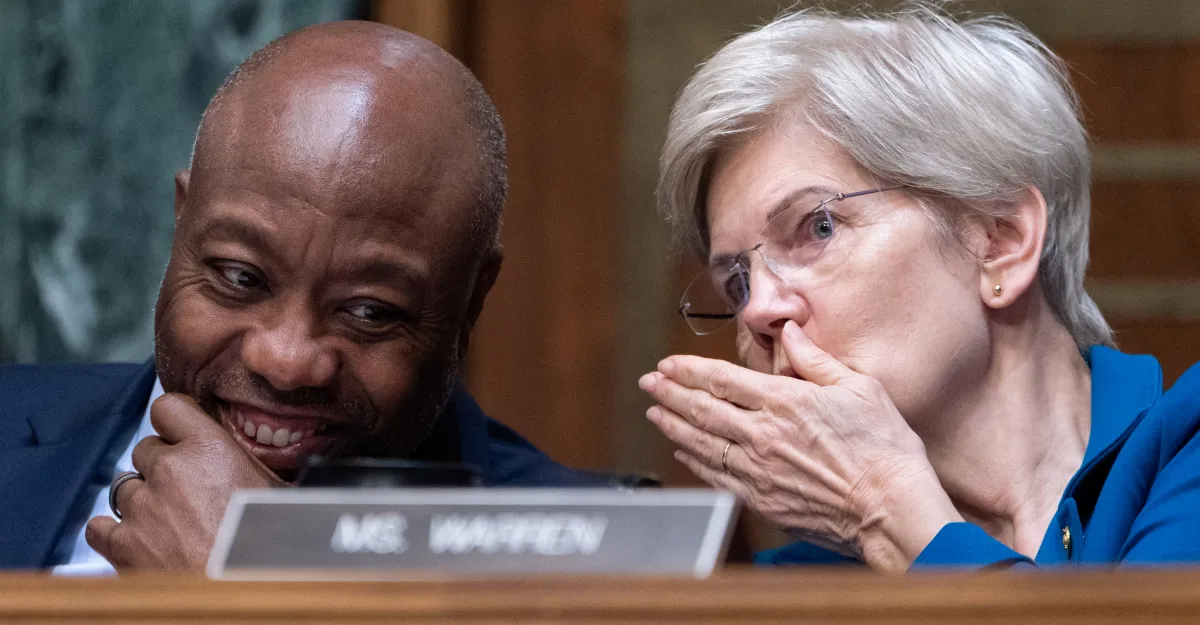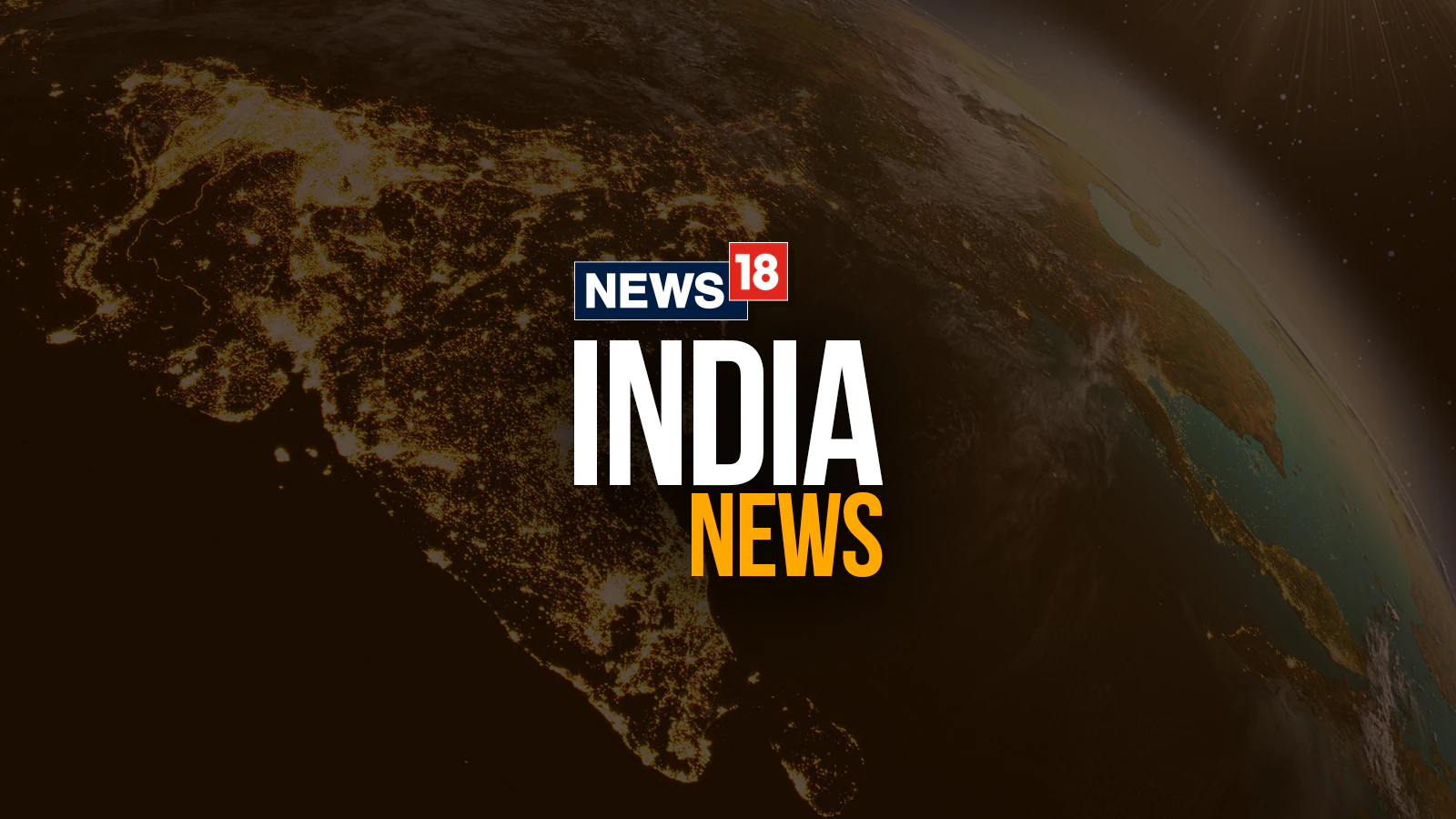
The U.S. government is careening towards a shutdown after a Monday meeting between President Donald Trump and congressional leaders did not lead to a funding deal beyond September 30.
White House Press Secretary Karoline Leavitt warned ahead of the meeting that there was “nothing to negotiate” with Democratic leaders.
Republicans aim to pass what’s known as a “clean” short-term bill to fund the government at current levels through November 21. Democrats want to address the looming expiration of key Affordable Care Act subsidies and undo some of the changes to the Medicaid health insurance program for lower-income Americans made earlier this year in Trump’s massive tax law.
Trump has threatened mass firings of federal workers if a deal is not reached and the government shuts down.
After the White House meeting, Senate Minority Leader Chuck Schumer said that he and House Minority Leader Hakeem Jeffries had “laid out to the president some of the consequences of what’s happening in health care and by his face, he looked like he heard about them for the first time,” according to The New York Times.
Axios reported that Schumer is consulting with Democrats about a possible spending bill to fund the government for seven to 10 days if a shutdown is triggered.
Here’s how a shutdown could affect health care, nutrition and early-education benefits for thousands of lower-income families, with disproportionate impacts on women, children and government workers:
What is a government shutdown?
A shutdown means that all federal agencies must stop functions that are deemed “nonessential” until money is appropriated for the next fiscal year. Mandatory spending — money for programs including Medicare, Medicaid and Social Security — is not affected. Government functions deemed essential by individual agencies, along with the Office of Management and Budget, continue.
Each year, Congress is tasked with passing a package of 12 appropriations bills to fund the government. Traditionally, the appropriations committees in each chamber of Congress — the U.S. House and Senate — each pass versions of the bills, which are voted on by the full chambers. Then lawmakers reconcile differences between the two. In reality, sometimes the committees don’t pass all of the bills and the 12 get packaged into one massive, omnibus spending measure. Critics of omnibus bills say they are less transparent and offer fewer opportunities for debating specifics.
What are the sticking points for funding negotiations this time?
A key subject of debate is funding for a set of subsidies provided by the federal Affordable Care Act (ACA), also known as Obamacare, that will expire at the end of this year.
The ACA’s Enhanced Premium Tax Credits were passed in 2021 as part of a COVID-19 relief package, and later extended through 2025. These subsidies lowered out-of-pocket premiums for existing recipients, and expanded access to coverage by removing the income cap that previously limited eligibility to households earning less than 400 percent of the federal poverty limit, which is $128,600 for a household of four in 2025. If these subsidies are not renewed, patients could see premium payments increase by more than 75 percent, according to an analysis by the nonprofit health news outlet KFF.
In addition to keeping the ACA subsidies, Democrats are also pushing to reverse cuts to Medicaid that were enacted by Republicans’ sweeping tax and immigration law signed this year, extending tax cuts that disproportionately benefit corporations and wealthy individuals.
What government functions could shut down? How would benefits for children, families and older Americans be affected?
Every shutdown is different, and there’s a lot we won’t know until it starts and federal agencies begin to furlough workers. Past shutdowns have impacted national parks, which continued to admit visitors in some cases but stopped many services and closed buildings. A key difference this time is that Trump has already made deep cuts to the federal workforce, including at the National Parks Service, which lost about a quarter of its permanent employees. Last week 35 former national parks superintendents sent a letter requesting for the Trump administration to close the national parks if there’s a shutdown this time to avoid endangering visitors and park land.
Shutdowns typically do not immediately disrupt social benefits like Social Security, Medicare or the Supplemental Nutrition Assistance Program (SNAP), which assists approximately 42 million lower-income people with food costs. Recipients of these services have already taken a hit this year with Trump’s tax law, which issued new work requirements that could contribute to more than 10 million people losing health care coverage and more than 2 million people losing SNAP access.
Social Security and Medicare benefits are expected to continue without disruption for most people, but checks to new beneficiaries could be delayed.
As for SNAP, the nonprofit Food Research & Action Center noted that recipients should still receive their benefits next month, but “if a shutdown extends beyond mid-October, USDA [United States Department of Agriculture] could technically tap its contingency reserve funding to cover SNAP costs.” Under the administration of former President Joe Biden, this reserve stood at $6 billion, according to a blog post on the nonprofit’s website, which added that it is “unclear how much remains available or whether the current administration would choose to use it.”
Historically, benefits under a separate program known as the Special Supplemental Nutrition Program for Women, Infants, and Children (WIC) may continue depending on available funding. However, a White House official told the New York Times that the program would not have enough funding left to accept new applicants beginning Oct. 1.
Last year, the WIC program served nearly 7 million recipients. It aims to support the health and nutrition of low-income pregnant and breastfeeding people and children under the age of 5 by providing food packages and monthly allowances that can go toward foods like fruits, vegetables, milk, eggs and baby formula.
The shutdown’s impact on Head Start programs, which support lower-income families with child care, will depend on when grant funding for the individual programs is slated to run out. Tommy Sheridan, the deputy director of the nonprofit National Head Start Association, told The New York Times that funding will expire on Oct. 1 for eight out of the approximately 1,600 Head Start programs. These eight programs currently serve an estimated 7,500 children.
According to previous reporting by The 19th, Head Start serves 700,000 children throughout the country and provides free child care to children ages 3 to 5 (Early Head Start serves those under 3), and offers other services for families, including prenatal support, health screenings and connecting parents to job training, housing and food assistance.
Has the government shut down before?
There have been 21 government shutdowns of at least one day since 1977. Many of these were short — a single day, a weekend — and did not meaningfully impact government services.
The longest government shutdown was during the Trump administration in early 2019. It lasted a full 34 days, weeks longer than past shutdowns.
How will workers be affected?
About 2.2 million civilian workers are employed by the federal government as of March 31, 2025. Many of them would either work without pay until a shutdown ends or be furloughed — or fired, if Trump makes good on his threat. During the 2019 shutdown, about 800,000 federal workers were furloughed. Government contractors could likewise go without pay and may not be reimbursed. Active-duty military service members and law enforcement are deemed essential and would therefore continue working, but their pay would be delayed.
Regions with higher concentrations of federal workers would be disproportionately affected. There are about 350,000 federal workers in the Washington, D.C., area, as of August 2025, down from 380,000 people in December 2024 following federal job cuts when the Trump administration took office.
A government shutdown also has cascading effects for areas like the nation’s capital. The economy in D.C. is dependent on tourism. In 2019, the Smithsonian institutions shut down after they ran out of cash reserves, and the District of Columbia government estimated that the shutdown was costing the city as much as $12 million a week, mostly from lost sales tax revenue from restaurants, hotels and retail establishments. It also impacted food banks and other support services in Washington and elsewhere as they served an influx of furloughed workers trying to make ends meet.



